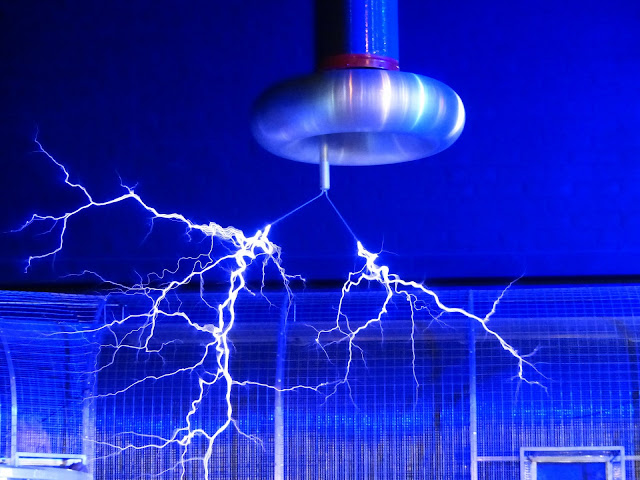The distinction between the "normal voltage" of the two differential
inputs and the input ground is alluded to as the signal's Common Mode.
Scientifically, the Common Mode voltage is characterized as Where Vhi is
the voltage of the signal associated with the V+ (or VHi) terminal and
Vlow is the voltage on the V-(or Vlow) terminal. The scope of input
signals where the input can disregard or "reject" the Common Mode
Voltage is known as the Common Mode Range.
Basic mode range is regularly determined in volts (e.g. ±10 V). On the off chance that both inputs stay inside this range, the differential input will work appropriately. Be that as it may, if either input stretches out past the range, the differential input enhancer will soak and make a significant and frequently erratic error. To keep your signals inside the normal mode run, you should guarantee that V+ added to Vcm is not as much as the maximum furthest reaches of the regular mode range and V-subtracted from Vcm is more prominent than the lower furthest reaches of the basic mode run. The capacity of a differential input to disregard or reject this Common Mode voltage and just measure the voltage between the two inputs is alluded to as the input's
In our case, with a CMRR of 120 dB, the proportion is one section in one million. For every volt of Common Mode on the input, there is a Common Mode Error of 1 Microvolt. As should be obvious, basic mode can be overlooked in everything except the most delicate applications.
Basic mode range is regularly determined in volts (e.g. ±10 V). On the off chance that both inputs stay inside this range, the differential input will work appropriately. Be that as it may, if either input stretches out past the range, the differential input enhancer will soak and make a significant and frequently erratic error. To keep your signals inside the normal mode run, you should guarantee that V+ added to Vcm is not as much as the maximum furthest reaches of the regular mode range and V-subtracted from Vcm is more prominent than the lower furthest reaches of the basic mode run. The capacity of a differential input to disregard or reject this Common Mode voltage and just measure the voltage between the two inputs is alluded to as the input's
Common Mode Rejection Ratio (or CMRR)
The Common Mode Rejection Ratio of present day input intensifiers is frequently 120 dB or more noteworthyIn our case, with a CMRR of 120 dB, the proportion is one section in one million. For every volt of Common Mode on the input, there is a Common Mode Error of 1 Microvolt. As should be obvious, basic mode can be overlooked in everything except the most delicate applications.

No comments:
Post a Comment